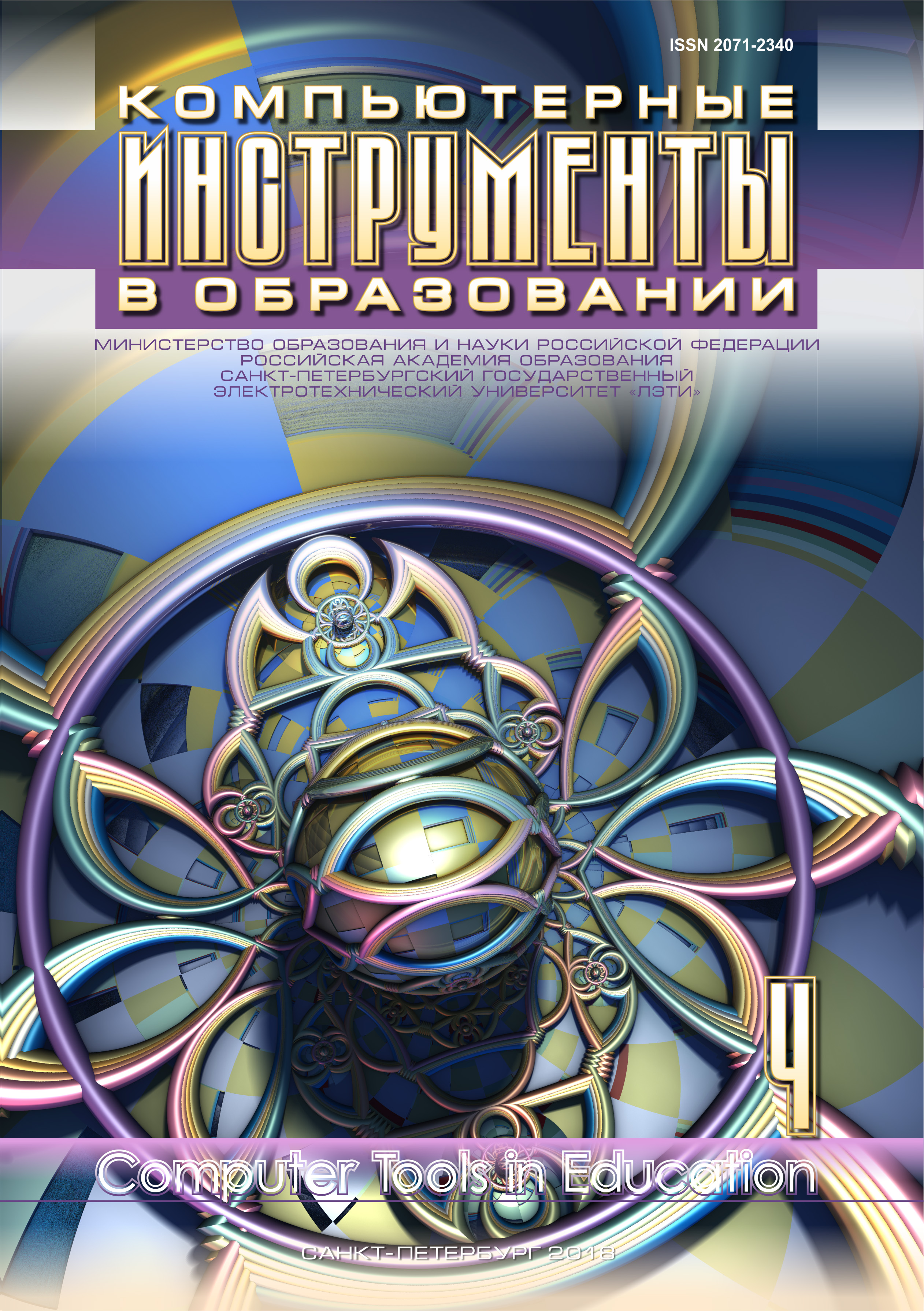On the second memoir of Évariste Galois' last letter
Abstract
Évariste Galois' last letter, addressed to Auguste Chevalier, on the eve of the (so-called) duel on May 30, 1832 (which, perhaps, simpler and more accurately described by Alfred, who did not allow a priest to deprive him from the final moments on the following day with his elder brother Évariste, as murder), was written on seven pages and was divided into three memoirs. The first memoir consumes a little less than two pages. It gave rise to what has come to be known as Galois theory (as, in particular, told by Melvin Kiernan). Yet Galois went on with stunningly amazing constructions in the second memoir, which consumed a bit more than two pages. The third (and longest!) memoir begins on the fifth page and remains mysteriously unresolved, yet it undoubtedly inspired Alexander Grothendieck to formulate his period conjecture. The letter is concluded with a paragraph on the latest ``principal contemplations'', concerning ``the applications of the theory of ambiguity to transcendental analysis'', where Galois delivers his last puzzle to us, saying that ``one recognizes immediately lots of expressions to look for''. Unfortunately, the severity of the time pressure upon him permitted only succinct last instructions with no more last examples. Still and disgracefully, many ``historians'' keep on incessantly and mundanely telling us (and each other) that we ought not ``overestimate'' the significance of the letter, which was (contrary to their advice) eloquently and veraciously described by Hermann Weyl as ``the most substantial piece of writing in the whole literature of mankind''!
References
algorithm], Zadachi issledovaniya ustoichivosti i stabilizatsii dvizheniya, pp. 104–110, 2011, [Online].
Available: http://www.ccas.ru/depart/mechanics/TUMUS/z_SBORNIKI/issues/2011_4Adlaj.pdf (in Russian).
2. S. Adlaj, "Eighth lattice points," arXiv:1110.1743 [math.GM], Oct. 2011.
3. S. Adlaj, "An inverse of the modular invariant," arXiv:1110.3274 [math.GM], Oct. 2011.
4. S. Adlaj, "Mechanical interpretation of negative and imaginary tension of a tether in a linear parallel force field," in Selected works of International Scientific Conference on Mechanics “Sixth Polyakhov
Readings,” St. Petersburg, Russia, Jan. 31–Feb. 3, 2012, pp. 13–18.
5. S. Adlaj, "Torsion points on elliptic curves and modular polynomial symmetries," presented on at the
Joined MSU-CCRAS Computer Algebra Seminar, Moscow, Russia, Sep. 24, 2014 [Online]. Available: http:
//www.ccas.ru/sabramov/seminar/lib/exe/fetch.php?media=adlaj140924.pdf.
6. S. Adlaj, "An analytic unifying formula of oscillatory and rotary motion of a simple pendulum," in
Special edition dedicated to the 70th birthday of J. J. Sławianowski, Sofia, Bulgaria: Avangard Prima,
2015, pp. 160–171.
7. S. Adlaj, "Dzhanibekov’s flipping nut and Feynman’s wobbling plate," in Polynomial Computer Algebra
International Conference, St. Petersburg, Russia, Apr. 18–23 2016, pp. 10–14 [Online]. Available at http:
//pca.pdmi.ras.ru/2016/abstracts_files/PCA2016SA.pdf.
8. S. F. Adlaj, S. A. Berestova, N. E. Misyura, and E. A. Mityushov "Illustrations of rigid body motion
along a separatrix in the case of Euler-Poinsot," Computer tools in education, no. 2, 2018, pp. 5–13;
doi:10.32603/2071-2340-2-5-13.
9. S. F. Adlaj, Ravnovesie niti v lineinom parallel’nom pole sil: Klassifikatsiya i issledovanie ustoichivosti
ravnovesnykh form niti v lineinom parallel’nom pole sil [Thread balance in a linear parallel field of
forces: Classification and study of the stability of the equilibrium forms of a thread in a linear parallel
field of forces], LAMBERT Academic Publishing, 2018.
10. E. Betti, "Sopra la risolubilit`a per radicali delle equazioni algebriche irriduttibili di grado primo,"
Dagli Annali di Scienze matimatiche e fisiche, II (Roma, 1851), pp. 5–19.
11. E. Betti, "Un teorema sulla risoluzione analitica delle equazioni algebriche," Dagli Annali di Scienze
matimatiche e fisiche, V (Roma, 1854), pp. 10–17.
12. D. Cox, "The arithmetic-geometric mean of Gauss," L’Enseignement Math´ematique, vol. 30, 1984, pp.
275–330; doi:10.1007/978-3-319-32377-0_3.
13. E. Galois, "Lettre de Galois ´ `a M. Auguste Chevalier," Journal de Math´ematiques Pures et Appliqu´ees XI,
1846, pp. 408–415.
14. C. Hermite, "Sur la r´esolution de l’´equation du cinqui`eme degr´e," Comptes Rendus de l’Acad´emie des
Sciences,, XLVI (I), 1858, pp. 508–515.
15. M. B. Kiernan, "The development of Galois theory from Lagrange to Artin. Communicated by M.
Kline," Arch. Rational Mech., vol. 8, no 1–2, 1971; doi:10.1007/BF00327219.
16. H. Ruhland, "The Inverse of the Modular Invariant," [Online]. Available: http://www.ccas.ru/depart/
mechanics/TUMUS/Adlaj/TheInverse.pdf.
17. J-P. Serre, A Course in Arithmetic, New York: Springer-Verlag, 1973.
18. G. Shimura, Introduction to the Arithmetic Theory of Automorphic Functions, Princeton, NJ: Princeton
University Press, 1981.
19. L. A. Sohnke, "Aequationes modulares pro transformatione Functionum Ellipticarum," Journal fur die ¨
reine und angewandte Mathematik, vol. 16, 1837, pp. 97–130, [Online]. Available: http://eudml.org/doc/
146989

This work is licensed under a Creative Commons Attribution 4.0 International License.







